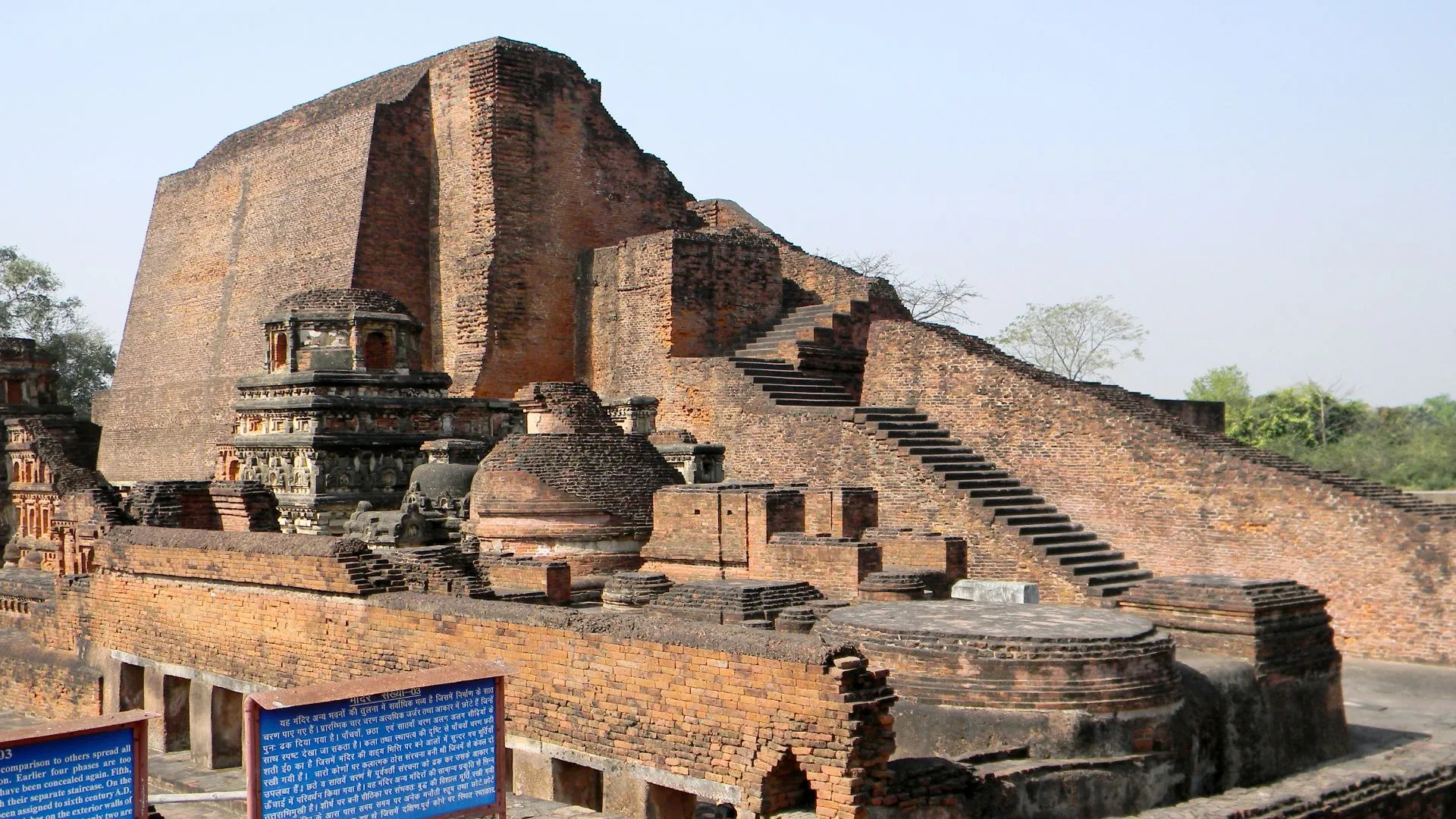From UPSC perspective, the following things are important :
Prelims level: Nalanda Mahavihara, University

Why in the News?
The Prime Minister has inaugurated the new campus of Nalanda University, an international institution located near the ancient ruins of Nalanda in Rajgir, Bihar.
Revival of Nalanda University
- The idea to revive Nalanda University was proposed by former president Dr APJ Abdul Kalam in 2006, leading to the passing of the Nalanda University Bill in 2010.
- The university’s revival was operationally launched in 2014 from a temporary location.
- Former president Pranab Mukherjee laid the foundation stone for the permanent campus in 2016, with construction starting in 2017 and culminating in today’s inauguration.
- The Parliament established the university following decisions from the second East Asia Summit (EAS) in 2007 and the fourth EAS in 2009.
International Collaboration and Courses
- Nalanda University has participation from 17 countries, including Australia, Bangladesh, Bhutan, China, Indonesia, and others, which have signed MoUs to support the university.
- It offers 137 scholarships to international students, sponsored by the ASEAN-India Fund, BIMSTEC, and Bhutan’s Ministry of External Affairs.
- The university provides postgraduate and doctoral research courses, as well as short-term certificate courses.
Historical Background
- Nalanda University was established in the 5th century CE in the ancient kingdom of Magadha (modern-day Bihar) and was the world’s first residential university.
- Establishment and Patronage:
-
- The Gupta dynasty, under Emperor Kumaragupta I, established Nalanda University in 427 AD, promoting it as a premier center for Buddhist scholarship.
- It received substantial endowments from monarchs like King Harsha and rulers of the Pala Empire, enhancing its stature and influence across Asia.
- Countries: It attracted scholars from China, Korea, Japan, Tibet, Mongolia, Sri Lanka, and Southeast Asia.
- Subjects taught included medicine, Ayurveda, Buddhism, mathematics, grammar, astronomy, and Indian philosophy.
- The university thrived under the patronage of the Pala dynasty during the 8th and 9th centuries CE and made significant contributions to mathematics and astronomy.
- Aryabhatta, a pioneer of Indian mathematics and the inventor of zero, was one of the esteemed educators at Nalanda.
Admission and Academic Rigor
- Admission to Nalanda was highly competitive, akin to today’s top institutions like IIT, IIM, or Ivy League schools.
- Students underwent rigorous interviews and were mentored by scholars and Buddhist masters like Dharmapala and Silabhadra.
- The university’s library, known as ‘Dharma Gunj’ or the ‘Mountain of Truth,’ contained 9 million handwritten palm-leaf manuscripts, making it the richest repository of Buddhist knowledge.
Destruction and Rediscovery
- In the 1190s, Bakhtiyar Khilji, a Turko-Afghan military general, destroyed Nalanda University by arson, which burned for three months and destroyed invaluable Buddhist manuscripts.
- Some surviving manuscripts are preserved in the Los Angeles County Museum of Art and the Yarlung Museum in Tibet.
- The university was rediscovered in 1812 by Scottish surveyor Francis Buchanan-Hamilton and officially identified in 1861 by Sir Alexander Cunningham.
Scholarly Influence
- Nalanda’s intellectual legacy includes contributions from scholars like Nagarjuna, known for his foundational work in the Madhyamaka school of Mahayana Buddhism, and his disciple Aryadeva.
- Dharmapala’s commentaries further enriched Buddhist philosophy.
- These scholars’ insights into metaphysics and epistemology extended Nalanda’s influence, shaping religious and philosophical thought across Asia and inspiring subsequent generations of thinkers.
Foreign Travellers Account of Nalanda University
| Visit Period | Key Details | |
| Xuanzang | 7th century CE |
|
| I-Tsing | 7th century CE |
|
| Al-Biruni | 11th century CE |
|
PYQ:[2020] Pala period is the most significant phase in the history of Buddhism in India. Enumerate. [2018] Assess the importance of the accounts of the Chinese and Arab travellers in the reconstruction of the history of India. [2014] Taxila university was one of the oldest universities of the world with which were associated a number of renowned learned personalities of different disciplines. Its strategic location caused its fame to flourish, but unlike Nalanda, it is not considered as a university in the modern sense. Discuss. |
Get an IAS/IPS ranker as your 1: 1 personal mentor for UPSC 2024

